k.p dispersion of an unstrained GaN QW embedded between strained AlGaN layers
- Input files:
1DGaN_AlGaN_QW_k_zero_nnp.in
1DGaN_AlGaN_QW_k_parallel_nnp.in
1DGaN_AlGaN_QW_k_zero_10m10_nnp.in
1DGaN_AlGaN_QW_k_parallel_10m10_nnp.in
1DGaN_AlGaN_QW_k_parallel_10m10_whole_nnp.in
- Scope:
In this tutorial we aim to reproduce results of [Park2000]. The material parameters are taken from [ParkChunag2000], except those listed in Table 1 of [Park2000].
[0001] growth direction
Calculation of electron and hole energies and wave functions for
Input file: 1DGaN_AlGaN_QW_k_zero_nnp.in
The structure consists of a 3 nm unstrained
The structure is modeled as a superlattice (or multi quantum well, MQW), i.e. we apply periodic boundary conditions to the Poisson equation.
The growth direction is along the hexagonal axis, i.e. along [0001].
Conduction and valence band profile
Figure 2.4.258 shows the conduction and valence (heavy hole, light hole and crystal-field split-off hole) band edges of our structure, including the effects of strain, piezo- and pyroelectricity. The ground state electron and the ground state heavy hole wave functions (
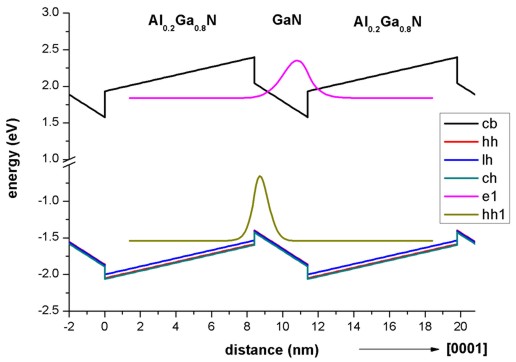
Figure 2.4.258 Calculated band edge profile.
Strain
The strain inside the
[Park2000] gives a value of 0.484.
The output of the strain tensor can be found in this file: strain\strain_crystal.dat
Piezoelectric polarization
The piezoelectric polarization for the [0001] growth direction is zero inside the GaN QW, because the strain is zero in the QW.
In the
at the
interface -0.0081 C/m2 and at the
interface is 0.0081 C/m2.
Pyroelectric polarization
The pyroelectric polarization for the [0001] growth direction is -0.029 C/m2 inside the
at the
interface is -0.0104 C/m2 and at the
interface is 0.0104 C/m2.
These results are in excellent agreement with Fig. 1(a) of [Park2000] for angle
Poisson equation
Solving the Poisson equation with periodic boundary conditions (to mimic the superlattice) leads to the following electric fields:
Inside the
The output of the electrostatic potential (units [V]) and the electric field (units [kV/cm]) can be found in these files:
bias_00000\potential
bias_00000\electric_filed.dat
Schrödinger equation
Figure 2.4.259 shows the electron and hole wave functions (
In agreement with [Park2000], we calculated the electron levels within the single-band effective mass approximation and the hole levels within the 6-band k.p approximation.
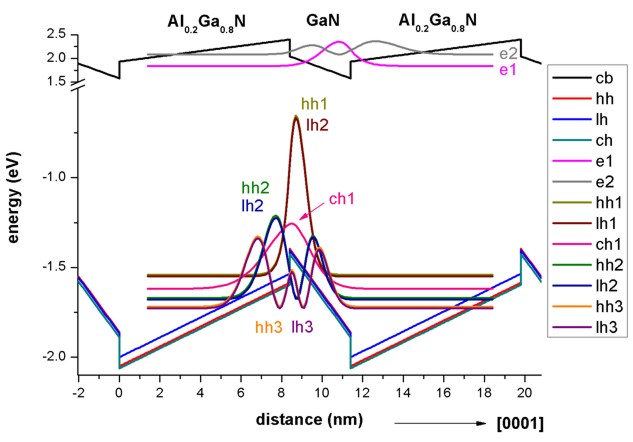
Figure 2.4.259 Calculated wave functions of lowest eigenstates.
Input file: 1DGaN_AlGaN_QW_k_parallel_nnp.in
The grid has a spacing of 0.1 nm leading to a sparse matrix of dimension 1050 which has to be solved for each
We chose as input:
calculate_dispersion{
num_points = 1849 # This corresponds to 1849 k|| points in the 2D (kx,ky) plane, i.e. (2 * 21 + 1) * (2 * 21 + 1) = 1849.
}
Due to symmetry arguments, we solved the Schrödinger equation only for the
The energy dispersion
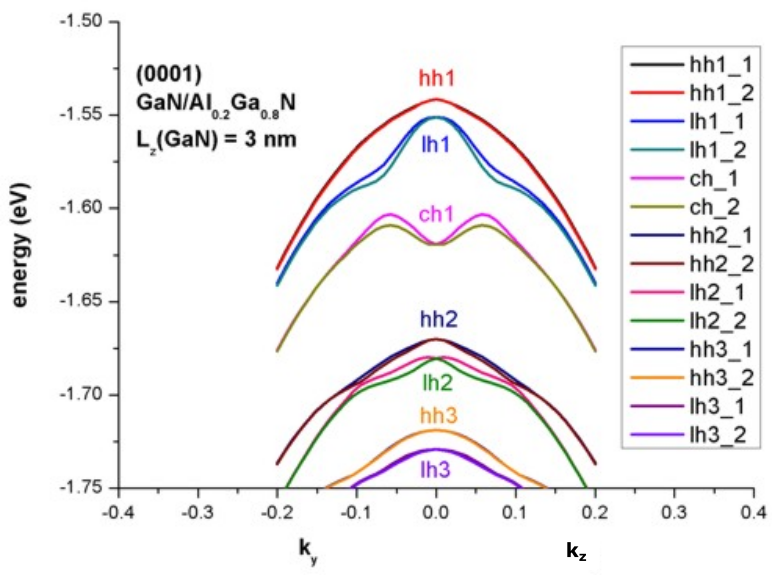
Figure 2.4.260 Calculated energy dispersion
Because our quantum well is not symmetric (due to the piezo- and pyroelectric fields), the eigenvalues for spin up and spin down are not degenerate anymore. They are only degenerate at
[10-10] growth direction (m-plane)
Input file: 1DGaN_AlGaN_QW_k_zero_10m10_nnp.in
If one grows the quantum well along the [10-10] growth direction, then the pyroelectric and piezoelectric fields along the [10-10] direction are zero. In this case, the quantum well (i.e. the conduction and valence band profile) is symmetric.
Figure 2.4.261 shows the electron and hole wave functions (
In agreement with [Park2000], we calculated the electron levels within the single-band effective mass approximation and the hole levels within the 6-band k.p approximation.
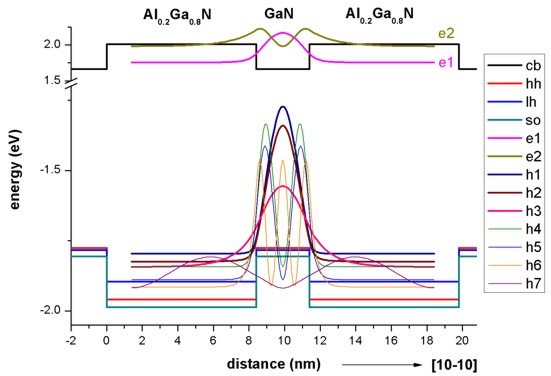
Figure 2.4.261 Calculated wave functions of lowest eigenstates.
Input file: 1DGaN_AlGaN_QW_k_parallel_10m10_nnp.in
Due to the symmetry of the quantum well, we expect degenerate eigenvalues for the in-plane dispersion relation (Kramer’s degeneracy). Our results, depicted in Figure 2.4.262, compare well with Fig. 3(c) of [Park2000].
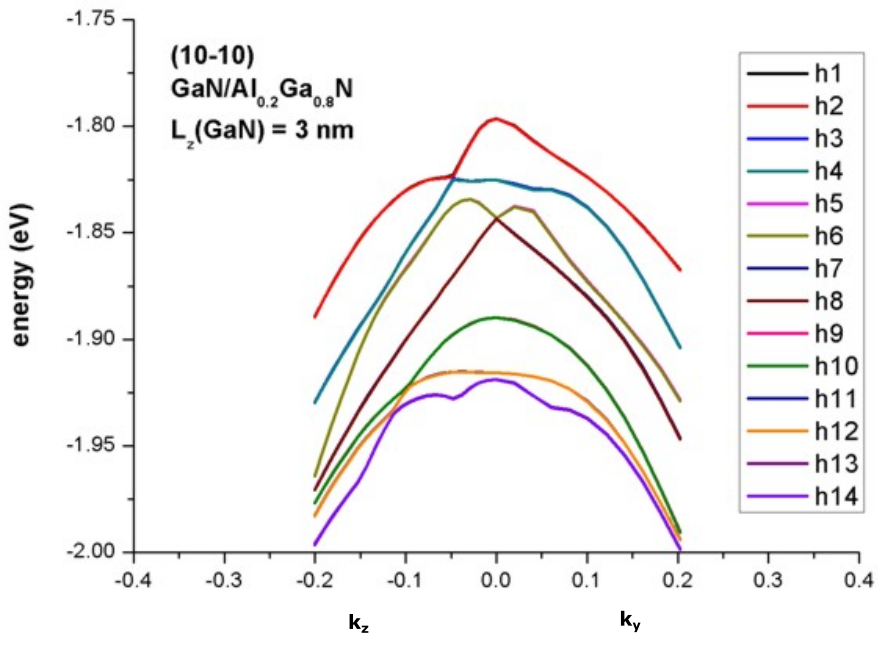
Figure 2.4.262 Calculated energy dispersion
Last update: nnnn/nn/nn